Table of Contents
*This post may contain affiliate links. As an Amazon Associate we earn from qualifying purchases.
Inter-dog aggression, that is, aggression and fighting between dogs living under the same roof, is unfortunately common. Even more unfortunately, it’s common with “spirited” breeds like the Jack Russell. And it can happen at any time, even between siblings, dogs who were raised together as puppies, and dogs that have lived together peacefully for years.
Why does it happen? And what can we do about it?
It’s not always simple. But experts agree that three keys to minimizing inter-dog aggression are understanding it, remaining in control, and working to head it off before it becomes a problem.
It’s Often Misunderstood
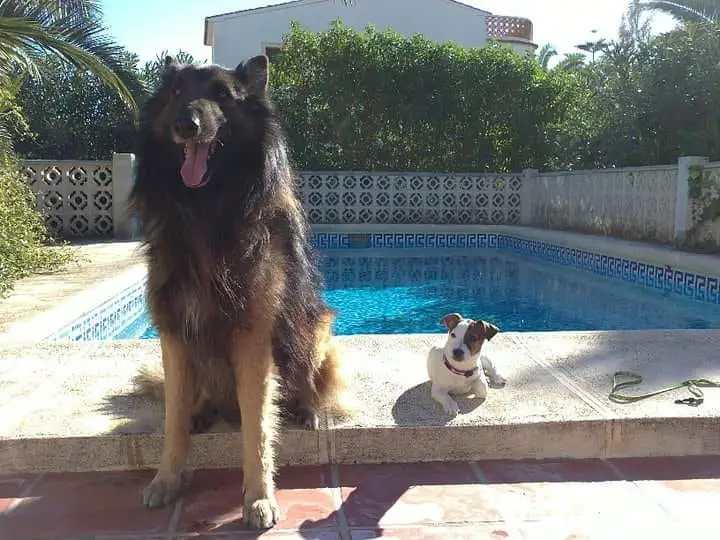
Human-to-human relations and dog-to-dog relations are similar in some ways. In other ways they’re different. It’s important to understand those differences, so that you can respond in a way that will help rather than to harm.
Play vs. aggression
First, it’s important to understand the difference between play and aggression. Because it can sometimes look similar. So it’s important to watch carefully. Signs that your dogs are playing include:
- Play “bows”
- Front paw slaps
- Bouncy, loose movements
- Relaxed posture
- Open mouth
- Frequent breaks in
action - Frequent role reversals (taking turns chasing each other, for example)
Signs that it might be aggression include:
- Use of teeth on skin, especially while shaking the head
- One dog trying to escape
- Raised hackles
- Stiff limbs
- Snapping
- Lunging
Never get between two fighting dogs, but if you suspect your dogs’ play is becoming something more, it’s time to separate them and let things cool down. This video can show you how.
Human society vs. dog society
It’s our instinct, as humans, to want everything to be fair and equal between our dogs — much as we would want them to be that way between our children. But dog society is based on a hierarchy of dominant and submissive dogs. According to Aztec Animal Clinic (and others), when we try to even things out between our
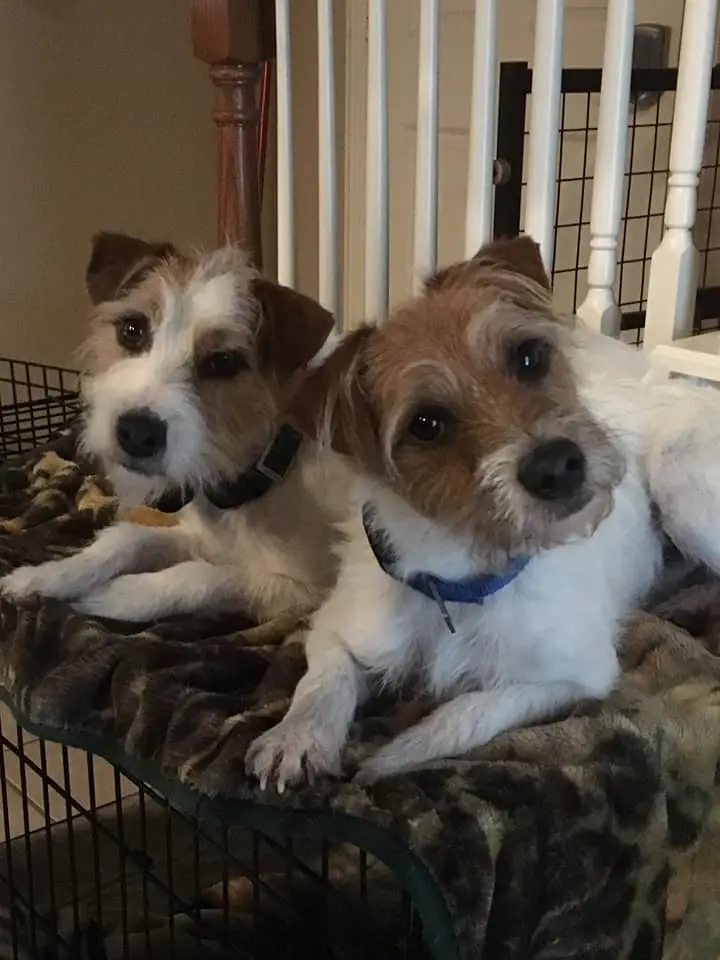
The first and most important thing, of course, is to protect the victim in any situation. However, when it comes to dominance and challenges, experts say we should decide which dog has the best chance of being and remaining dominant, then reinforce that dog. We should likewise reinforce the submissive dog for submissive behaviors. This will both establish the human’s role as pack leader, and help the dogs to settle into a sustainable hierarchy.
If you’re unsure how to go about this, a trainer or animal behaviorist can be very helpful.
DIfferent Types of Inter-Dog Aggression
It’s important to understand the different types of inter-dog aggression, as each of them requires slightly different measures. Here are some of the more common ones.
Situational
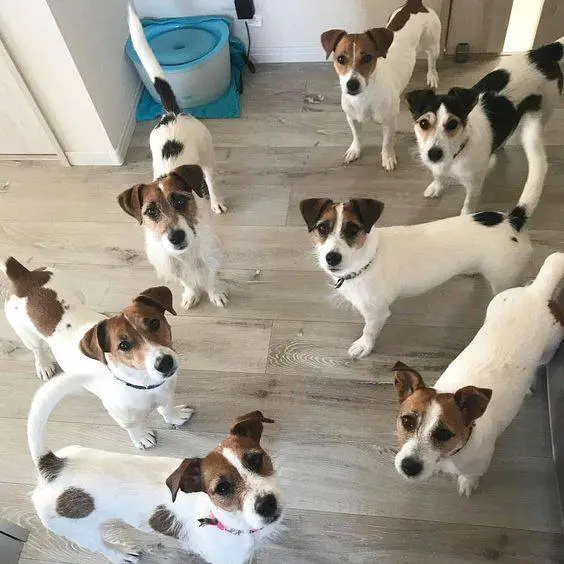
Some situations will provoke aggression. For example, some dogs are protective of their food or toys. They may growl and snap when another dog — or even a human — gets too close at feeding
- Competition for resources such as food, toys, or resting places
- Separation anxiety
- Specific situational anxiety from past trauma or abuse
If you have identified situations that cause aggression in your dog, then the first and best defense is to minimize the occurrence of those situations, and manage them when they’re unavoidable.
Personality conflicts

Nobody gets along with everyone, and this is as true for dogs as it is for humans. Your dog will meet some dogs that they like, and then they’ll meet some who get on their nerves. It’s unfortunate if the dogs in your house just don’t like each other, but it can happen.
If your dogs have a personality conflict, it’s important, first, to establish yourself as the pack leader, and to not tolerate aggressive behavior. Always be aware of the early signs of aggression, and put a stop to it before it erupts. Never leave conflicting dogs together unsupervised. And work with a trainer or behavioral specialist to develop ways of encouraging your dogs to get along despite their differences.
Aging, injury or illness
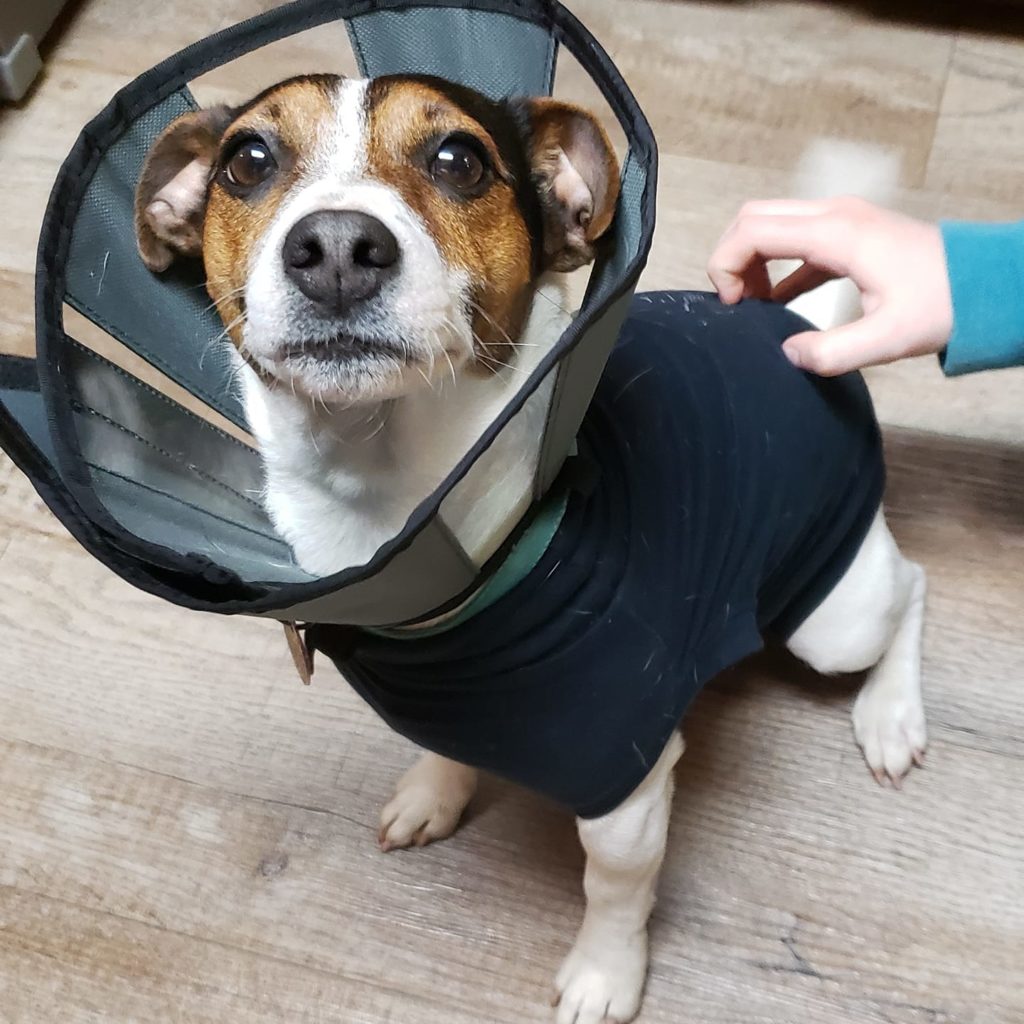
We all get snappish when we’re not feeling our best, and dogs are no different. A dog that is in pain, anxious, ill, or experiencing age-related cognitive changes may lash out against other members of the household. If you suspect an organic cause for your dog’s aggression, a trip to the vet is in order. Your vet may find and treat an underlying medical condition, prescribe medication for anxiety or aggression, or refer you to a behavioral specialist.
Shifts in pack dynamics
Many different factors can cause your pack dynamics to shift, and this state of flux may result in aggression while your dogs sort out the new pecking order. Although this is a natural response, it’s important to keep an eye on the situation, protect your dogs from one another, and separate and intervene when necessary.

Here are some things that may affect the dynamics in your pack:
- A puppy coming of age and challenging an older dog
- The dominant dog becoming sick, injured, or weak
- A change in household routine
- A change in household members, such as death of an older pet
Although it may go against our human instinct to fight for the underdog, experts like The Balanced Canine stress the importance of figuring out which dog has the best chance of becoming and staying dominant, then reinforcing the resulting hierarchy.
Recognize the Signs
Some of the signs of aggression are obvious. Others are not. Here are a few things to be aware of.
- Staring
- Raised hackles
- Stiff posture
- Growling
- Snapping
- Snarling
- Low, guttural barking
- Bared teeth
- An arched body
- A tail lifted over the back, especially with fast wagging
- Ears pricked forward or lowered back
- Guarding resources
Maintain Control

In order for any measure to work, it’s important that you establish yourself as the pack leader. Obedience training can be a great help. If you know that you can send your dogs to their beds or crates to cool down when you need to, it will help you to stop a fight before it begins. It will also help your dogs to relax, knowing that you’re in charge and have their best interests in mind.
Stop it Before it Gets Ugly
If you notice any of your dogs displaying signs of aggression, it’s important to distract and separate them immediately, before it becomes a fight.
Experts say we must never punish dogs for aggressive behavior, as it will only make the behavior worse. And never, under any circumstance, put yourself in the middle of a dog fight in progress.
Separate Unsupervised Dogs
When you aren’t there to supervise, it’s important to separate conflicting dogs. A baby gate is one way of doing this, although many Jack Russells can jump over a baby gate. If your dogs are crate trained, this is another solution. You could also confine them to different rooms in the house.
Behavioral Training

Pack dynamics are complex, and they can shift. Moreover, navigating them isn’t instinctive for people.
A trainer or behavioral specialist can help you to diagnose the dynamics of your pack, and to come up with solutions that will benefit all of its members. A trainer can also help you to design a program of positive reinforcement that will help to maintain the peace in your house. And they can help to figure out if your own behavior is contributing to your dogs’ aggression.
When in doubt, don’t try to puzzle it out on your own. A professional can save your sanity — and possibly your pack as well.
The Solution is in Your Hands
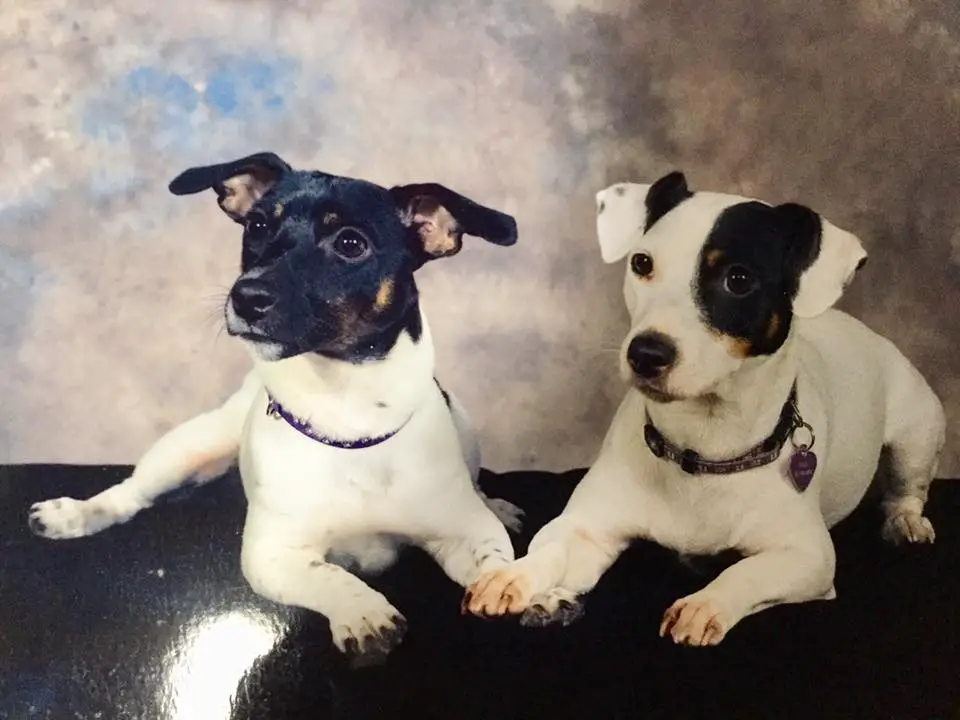
Inter-dog aggression can be frightening for everyone. But it’s not the end of the world. In some cases you might need professional assistance to sort the problems out. In other cases, though, a bit of understanding and a bit of work can work wonders to restore order.
Featured Image CC0 by LabellaCavalla, via Pixabay

